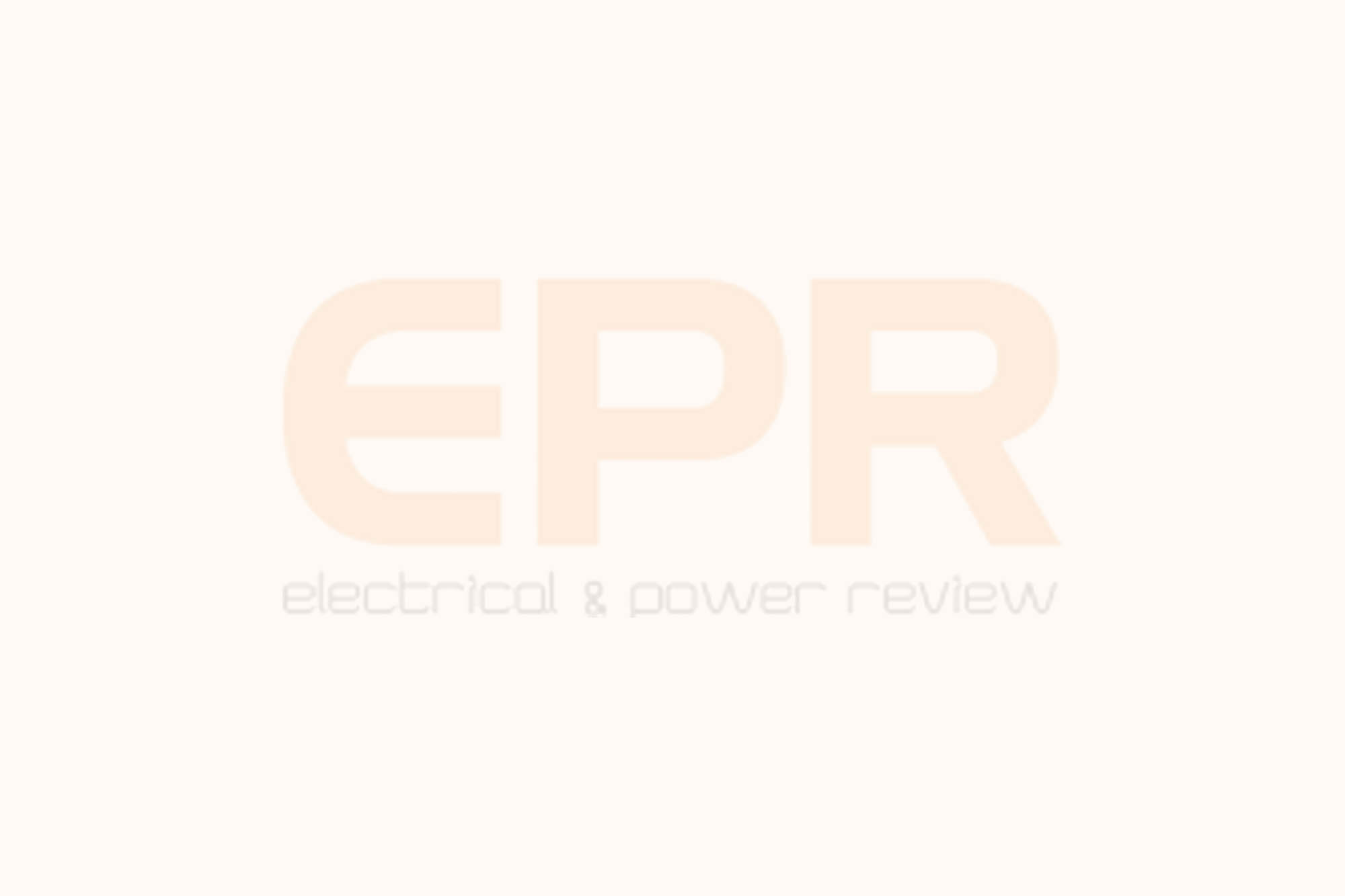Facebook and Eaton collaborate to optimise data centre efficiency
By EPR Magazine Editorial July 10, 2013 1:48 pm IST
By EPR Magazine Editorial July 10, 2013 1:48 pm IST

Facebook and Eaton collaborate to optimise data centre efficiencyBoth UPSs achieve 99 per cent efficiency with Eaton’s Energy Saver System (ESS) technology, which continuously monitors incoming power conditions to operate at the highest efficiency level possibleData centres are among the largest consumers of electrical power in the United States, consuming between 1.7 per cent and 2.2 per cent of the nation’s power. Gartner Inc. recently estimated that it cost $1.6 million a year to power an 8,000-square-foot data centre, and those costs are rising 10 per cent a year.When Facebook began planning its new 300,000-square-foot Forest City, North Carolina, data centre, its goal was to be one of the most energy efficient data centre operators in the world. Additionally, with more than 1 billion users, power reliability is a top priority for the company.ChallengeA data centre’s power usage efficiency — specifically, how much power is actually used by the computing equipment (in contrast to cooling and other overhead) — is measured by its Power Usage Effectiveness (PUE) rating. PUE is determined by dividing the amount of power entering a data centre by the power used to run the computer infrastructure within it. Therefore, PUE is expressed as a ratio, with overall efficiency improving as the quotient decreases toward one.This industry standard enables data centre operators to quickly estimate the energy efficiency of their facilities, compare the results against other data centres, and determine if energy efficiency improvements need to be made. According to the Uptime Institute, the average PUE for data centres surveyed in 2011 was 1.83. This means that for every 1.83 watts in at the utility meter, only 1 watt is delivered out to the IT load. Since Facebook’s goal was to build a data centre with optimal electrical efficiency, it determined that it needed to have a PUE significantly below the average.SolutionThe new data centre uses technology developed through Facebook’s Open Compute Project, an initiative created to promote the use of its open source hardware designs and encourage others to share their own new designs. The company launched the project to drive innovation and a greater focus on energy efficiency in the data centre industry.Through its collaboration with Eaton, Facebook has achieved a PUE of 1.06 -1.08 in its Prineville, Oregon, data centre. Eaton’s expertise in energy efficiency and backup power protection enabled it to work with Facebook to develop a solution for the Forest City facility that meets the company’s growing demands and leads the way in environmentally responsible data centre design.Facebook’s networking infrastructure and servers are kept available by Eaton’s Power Xpert 9395 and 9390 uninterruptible power systems (UPSs). Both the Eaton 9390 units, installed for in-row server support, and the 9395 units protecting the network infrastructure have the highest efficiency rating (99 per cent), the smallest footprint and weight, and the lowest total cost of ownership and lifecycle carbon footprint in the industry. Both UPSs achieve 99 percent efficiency with Eaton’s Energy Saver System (ESS) technology, which continuously monitors incoming power conditions to operate at the highest efficiency level possible without compromising protection, even when lightly loaded – sustaining as much as 15 percentage point better than a traditional UPS.In addition, Eaton’s ability to provide an application-specific power distribution solution results in enhanced power reliability, efficiency, and safety for the data centre.
We use cookies to personalize your experience. By continuing to visit this website you agree to our Terms & Conditions, Privacy Policy and Cookie Policy.